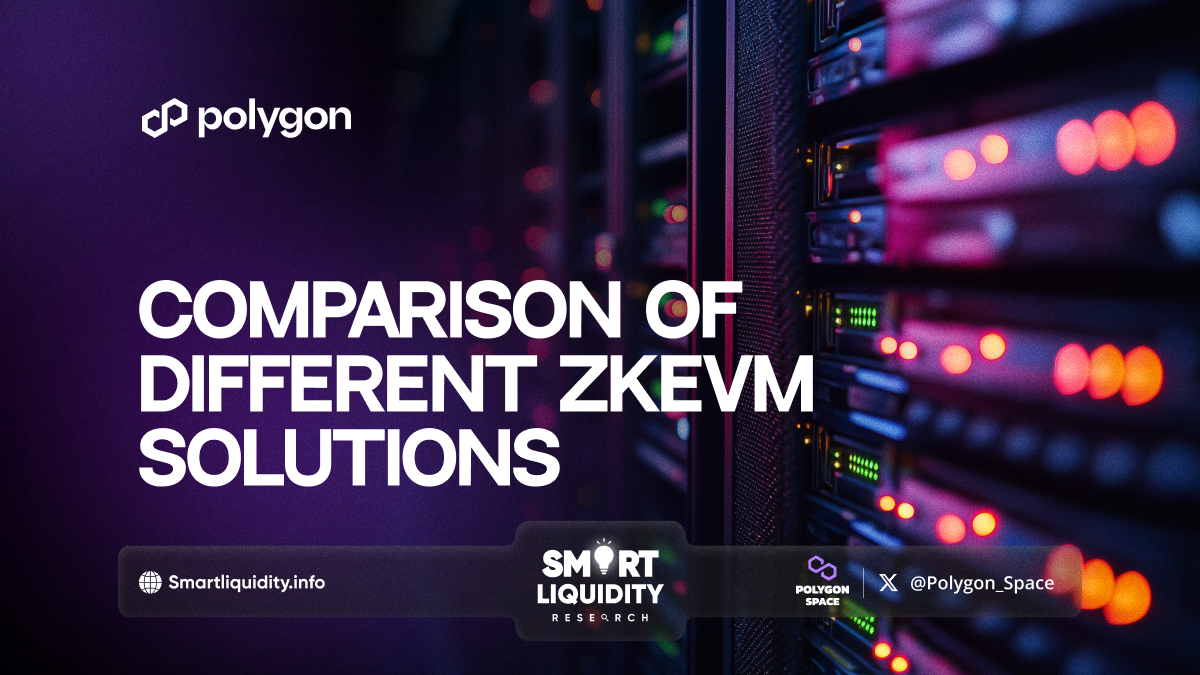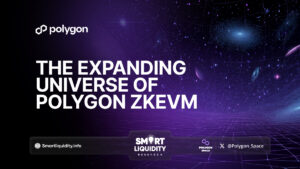Comparison of different zkEVM solutions


The rise of zero-knowledge proofs has transformed the blockchain landscape, especially with the implementation of zkEVM (zero-knowledge Ethereum Virtual Machine) solutions. Polygon Network, a leader in Ethereum scaling, offers several zkEVM solutions. In this article, we will compare three notable options: Polygon zkEVM, Scroll, and zkSync.
Polygon zkEVM is designed to bring Ethereum’s security and scalability together. Notably, it allows developers to deploy existing Ethereum smart contracts without modification. Additionally, this solution provides high throughput and low transaction costs, making it a strong contender for decentralized applications (dApps). Furthermore, its integration with the Ethereum ecosystem enhances interoperability.
On the other hand, Scroll focuses on providing a highly efficient and scalable zkEVM. By leveraging a unique rollup technology, Scroll enhances transaction speed while maintaining security. Moreover, its developer-friendly environment supports existing Ethereum tools, ensuring a smooth transition for developers. Consequently, this makes Scroll an appealing choice for projects prioritizing performance.
zkSync, another prominent player, emphasizes user experience and scalability. With a robust focus on low fees and quick transactions, zkSync has gained significant traction in the DeFi space. Furthermore, its Layer 2 solutions are designed to reduce congestion on the Ethereum mainnet, making it an excellent option for high-demand applications. However, zkSync has faced criticism regarding its compatibility with certain Ethereum features, which could limit some developers.
In conclusion, each zkEVM solution on the Polygon Network has its strengths. Polygon zkEVM excels in interoperability, Scroll prioritizes performance, and zkSync focuses on user experience. As the ecosystem evolves, developers must consider their specific needs and project goals when selecting the right solution. Ultimately, the choice will depend on balancing performance, compatibility, and user experience.




